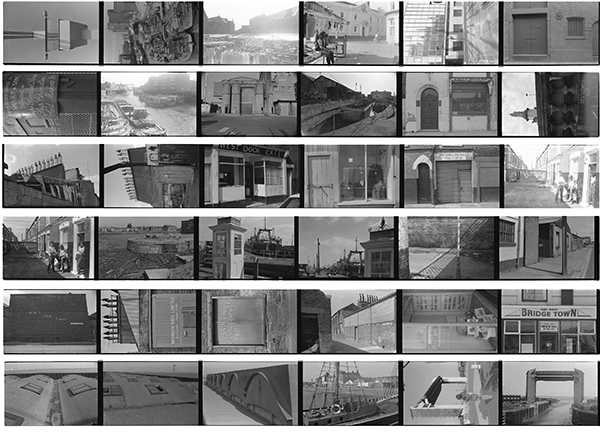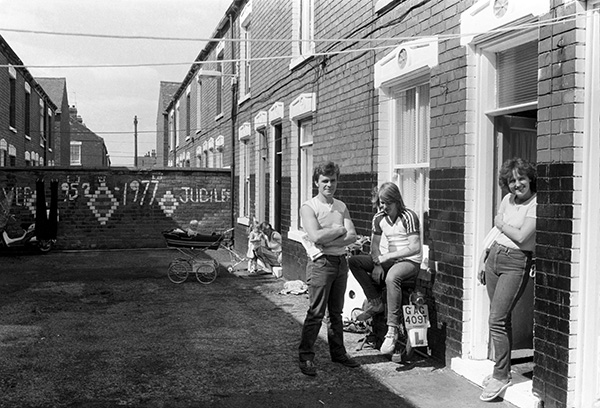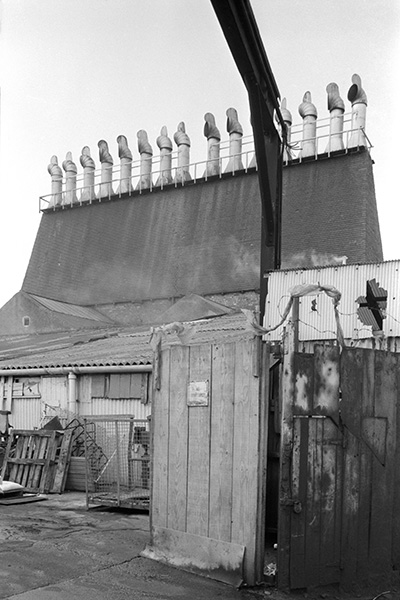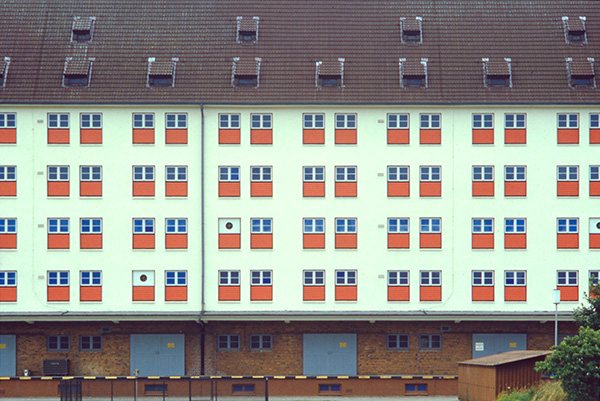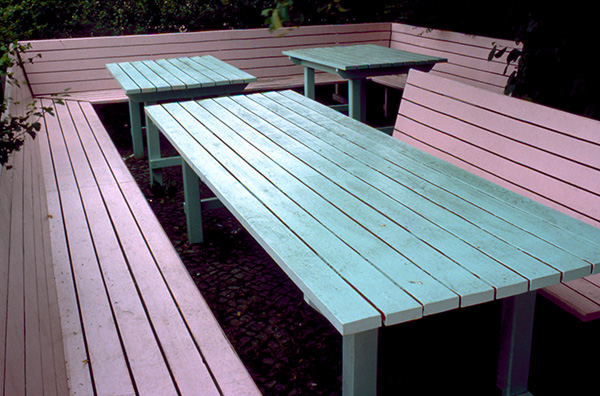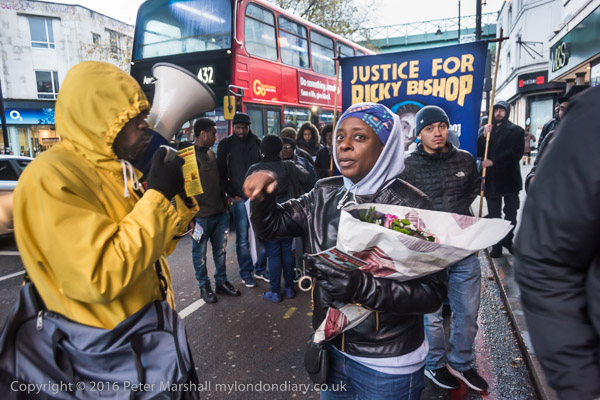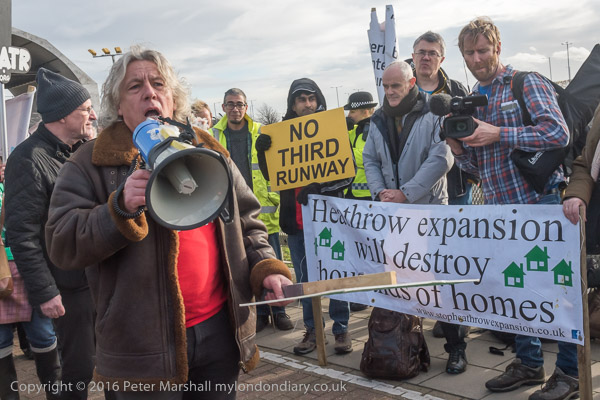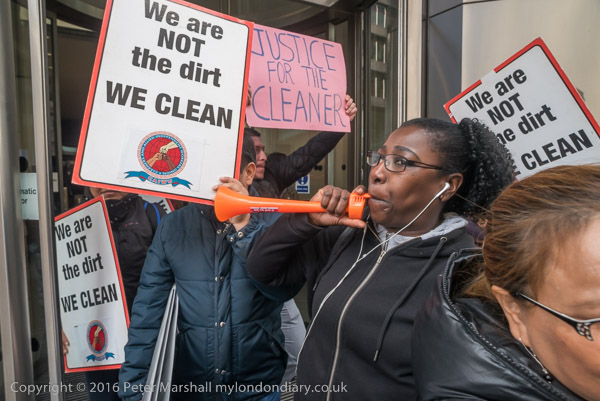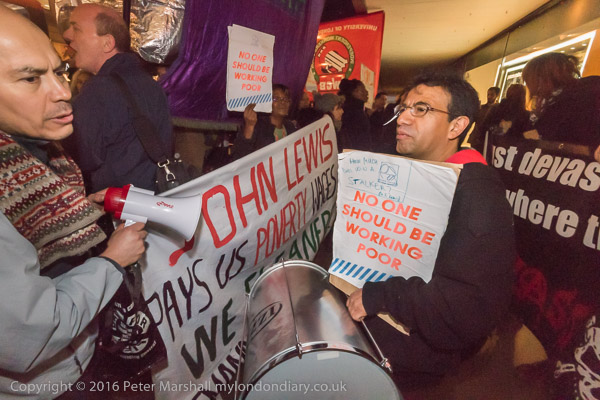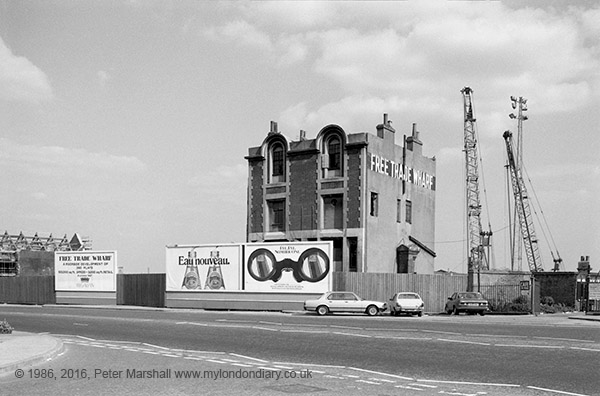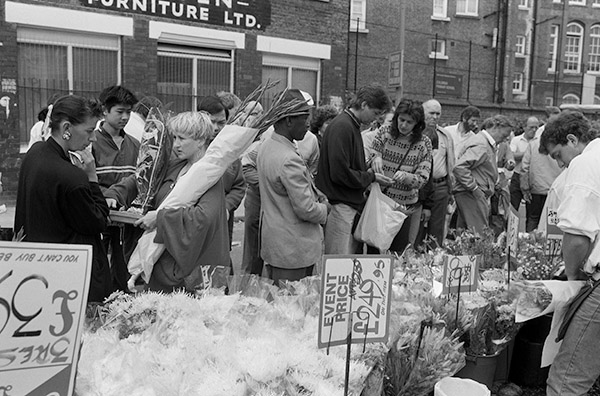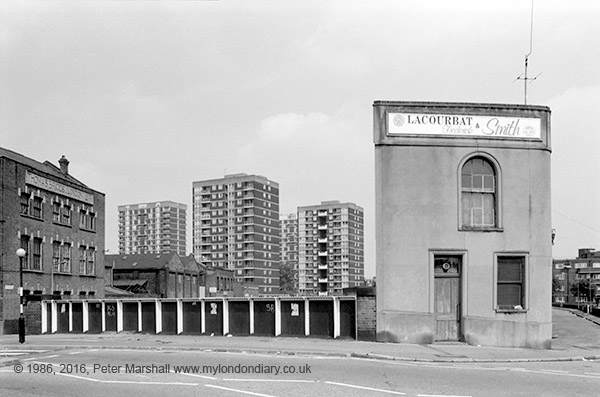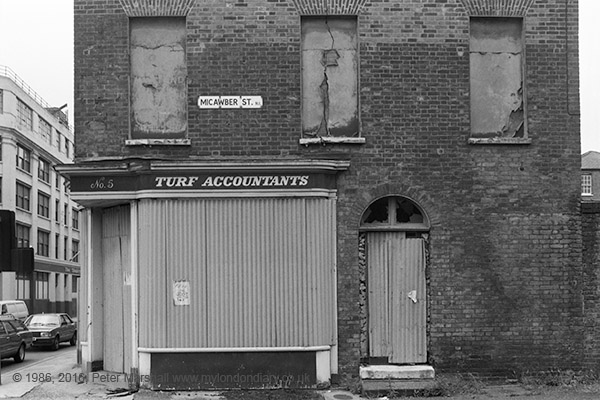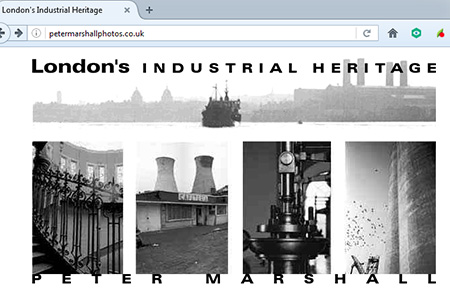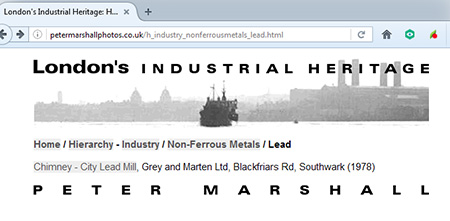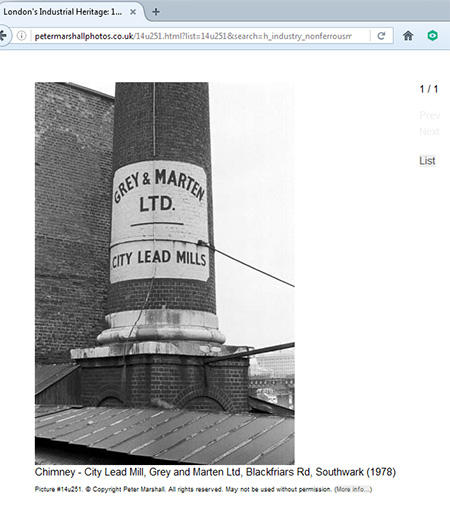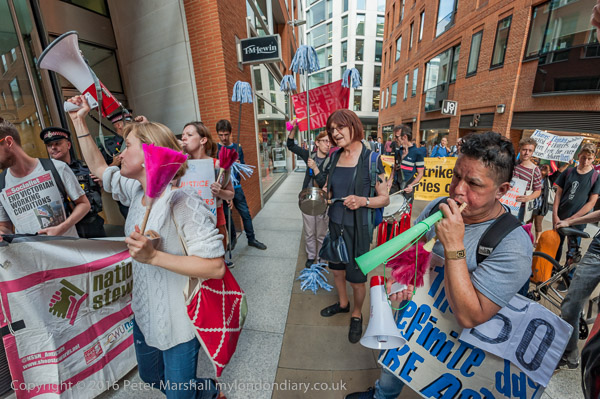
We didn’t know it on the day, but this was to be the final protest in aid of the Wood St cleaners, on the 50th day of their strike. Eight days later, shortly before the next protest it was called off as the UVW had arrived at a satisfactory settlement. The strikers had been there on the picket line for 58 days which says a great deal for the determination of the workers – and for the obduracy of the employers.
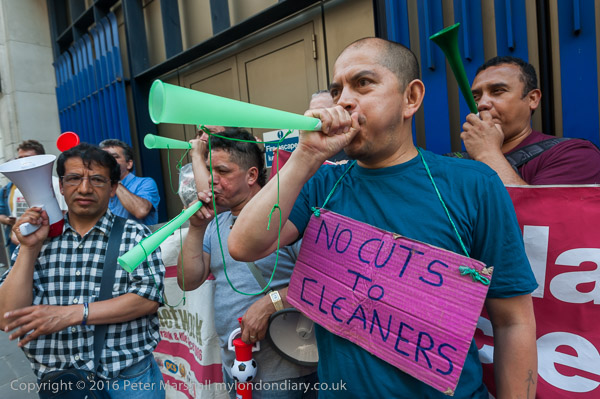
Strikes are costly for those taking part, who lose their wages, though it helps that there was a great deal of support and contributions from other trade unionists to the strike fund. This strike was particularly expensive for the UVW union, which was almost bankrupted by being saddled with over £10,000 in legal costs after being taken to court by the employers. Fortunately people came to their aid.
Financially strikes don’t always make sense, but generally they are more about issues such as fairness and being treated with respect by management. Often, as in this case it is unfair sackings which precipitate strikes, which are a demonstration of solidarity with fellow workers.
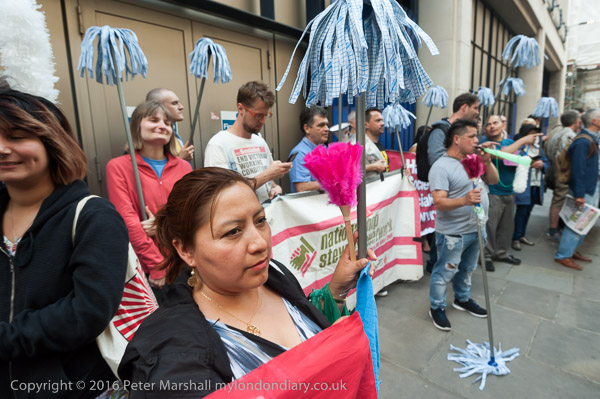
But the costs were surely higher for the employers, starting with their own legal bill, but more importantly in terms of their reputation and the likely loss of future contracts. Who would want to be associated with a company that led to people protesting outside your offices for 58 days – and during that time delivered an obviously inferior level of service? Rational and well-managed companies seldom suffer from strikes as they realise that their best interests are served by a motivated workforce that is well-managed and given reasonable pay and conditions.
But outsourcing, with contracts being awarded for the short term to the lowest bidder encourage cowboy companies who try to cut costs by overloading the workers, and pay them and the lower levels of management as little as possible. Often when they take over the workforce from a previous contractor they renege on agreements made previously. It’s a recipe for strife and for poor quality performance which I’ve personally seen proved in schools and hospitals.
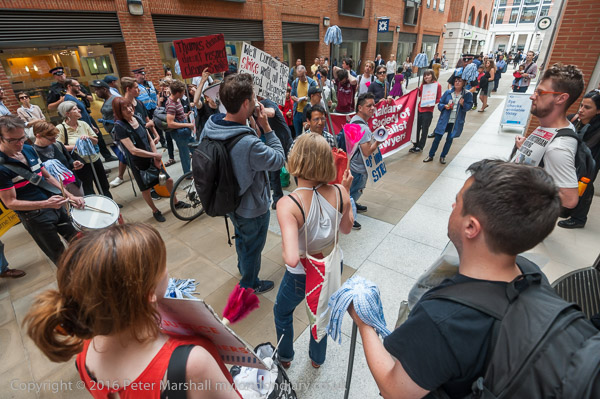
I don’t know how many pictures I took in all of the protests at Wood St, but it must be several thousand, and the 50 or so I posted on My London Diary for this evening’s protest were probably less than a tenth of those I took on this occasion.
Roughly a quarter of those that made it into My London Diary were taken with the 16mm fisheye, an unusually high percentage for me. It is a lens that comes into its own when working in crowded situations, and the protest outside the back entrance to the CBRE offices involved a large group of people in a very confined space.
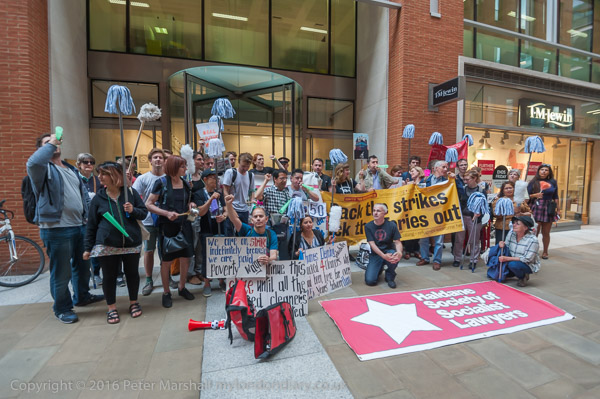
But more than any other lens I think it is one that I have to be in a particular state of mind to use – and sometimes it will stay unused in my camera bag for weeks or more. And at times I’ll find myself wondering after covering an event why I didn’t think to use it. It isn’t easy to work with but sometimes it is the only tool for the job.
I do use it with a little reluctance. It adds time to my processing as almost every image made with it needs to be taken into Photoshop so that I can straighten the verticals using the Fisheye-Hemi plugin. As well as taking time, this also uses up a ridiculous amount of hard disk space, as the image needs to be converted into a Tiff file to allow this to happen.
Working with the D750, a typical RAW file is around 22Mb. The Tiff file from this will be around 141Mb giving a total for a single image of 163Mb. I’ll store images on two different hard disks – so that doubles the storage needed to over 320Mb. Add two copies of a full-size high quality jpeg and the full amount is around 350Mb. Even with hard disks now available with 6 or 8Tb of storage these files soon fill them up.
If I work on the D810 with its larger 32Mp files the total gets to over 500Mb per image. I like to do this with landscapes as the camera can provide level indicators in the viewfinder while taking pictures, essential in avoiding converging or diverging verticals in the processed image, but I think these can actually help in pictures of protest such as a couple of those here.
